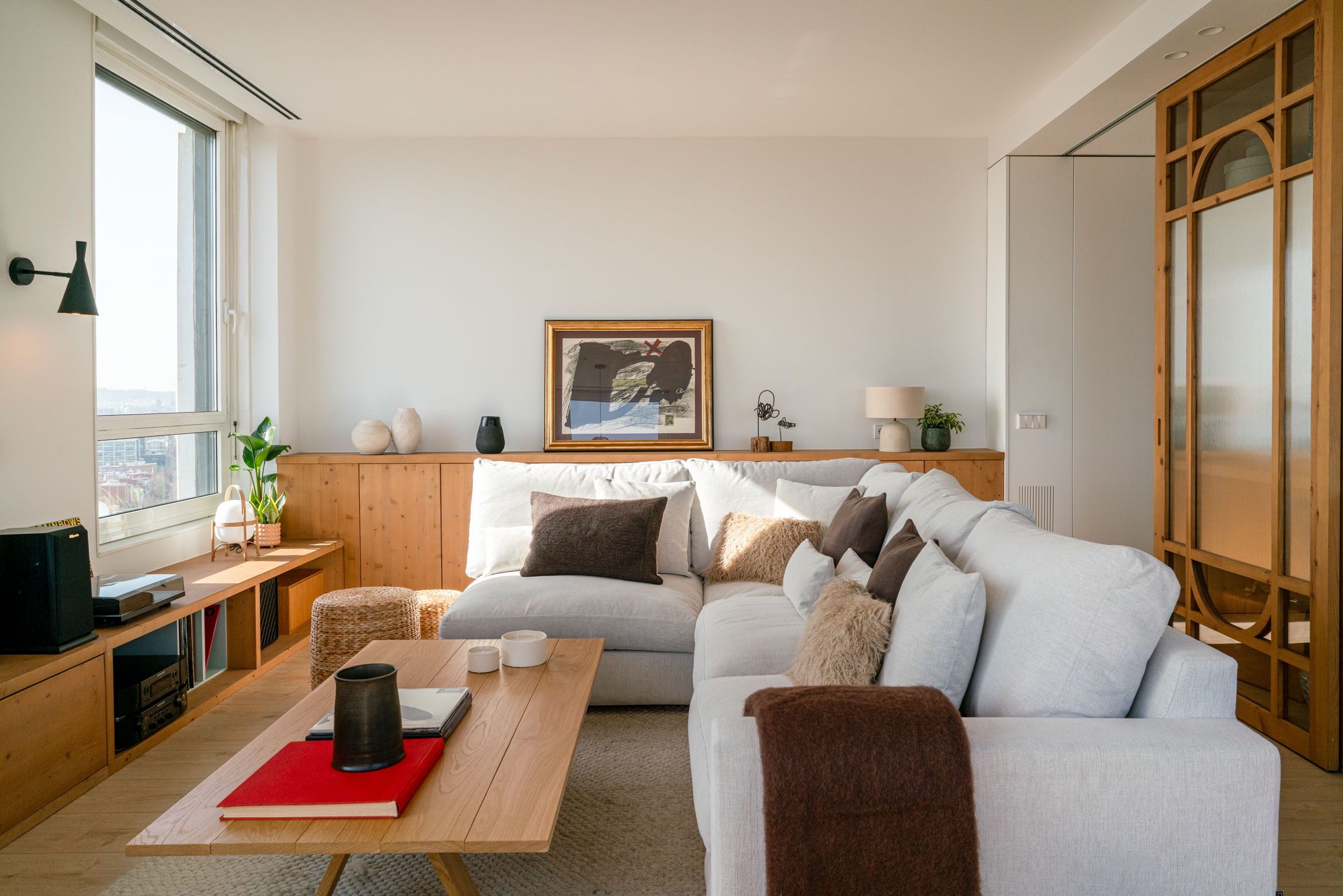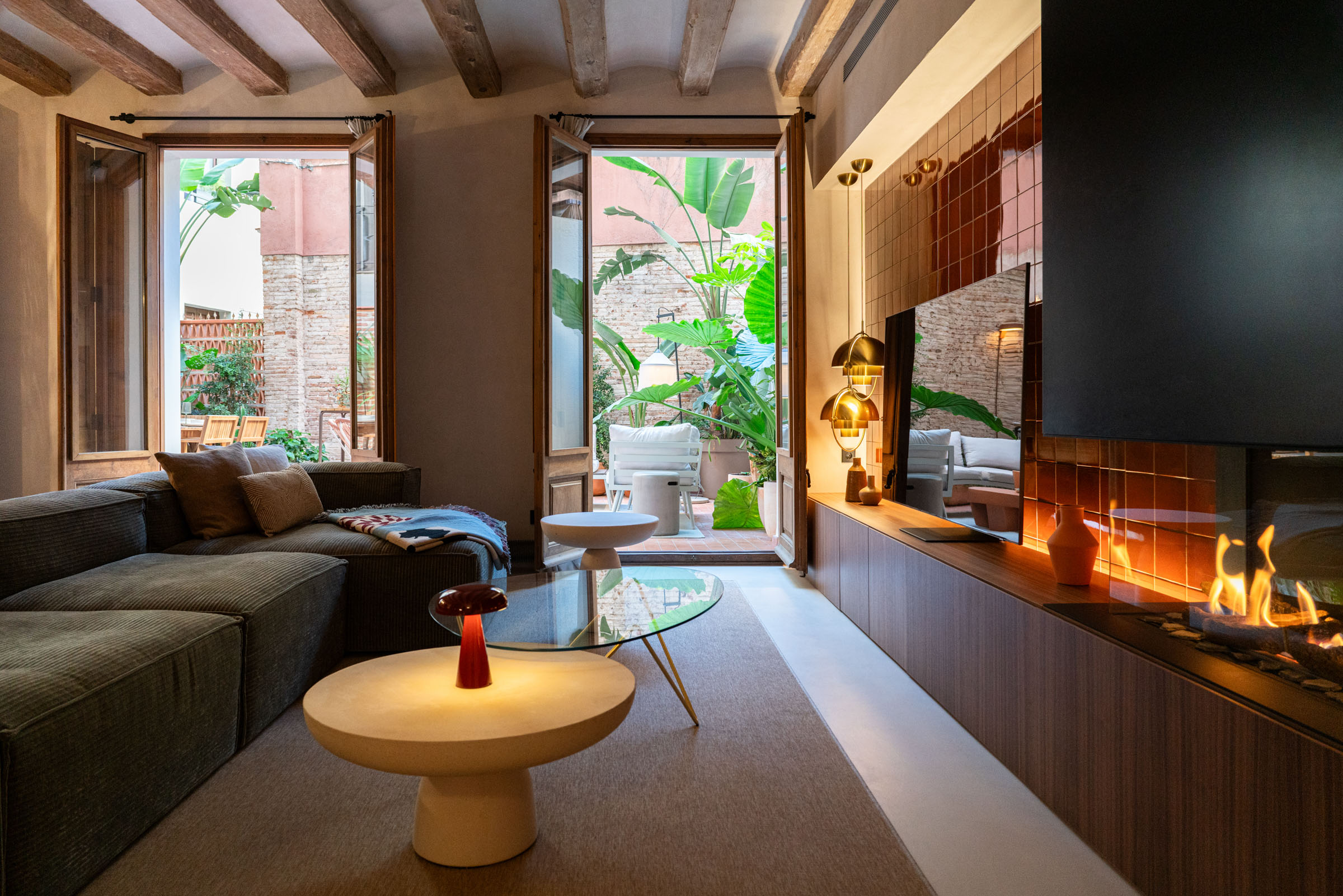12 Interior Design Styles to Inspire You
General
In interior design, a style is a particular way of decorating a space, following specific guidelines, shapes, compositions, colors, architecture, and furniture that are often related to a specific socio-cultural context. Styles have become influences, references, and starting points that each person adapts to their environment, tastes, and personality. From the elegance of minimalism to the warmth of rustic style, discover which one best suits the personality and needs of your home.
1. Minimalist Style
Minimalism is one of the interior design styles that stands out for its extreme simplicity of forms, open spaces, basic geometric shapes, clean lines, and neutral colors. The goal is to find balance and harmony in every detail of the decoration. This style seeks simplicity and functionality, eliminating all superfluous elements to create open and orderly spaces.
Predominant colors are shades like white, gray, and black, which help the space exude a sense of calm and serenity. Furniture is characterized by straight and simple lines, with multifunctional pieces that optimize available space.
To implement it in your home, reduce decorative elements and opt for a uniform color palette.
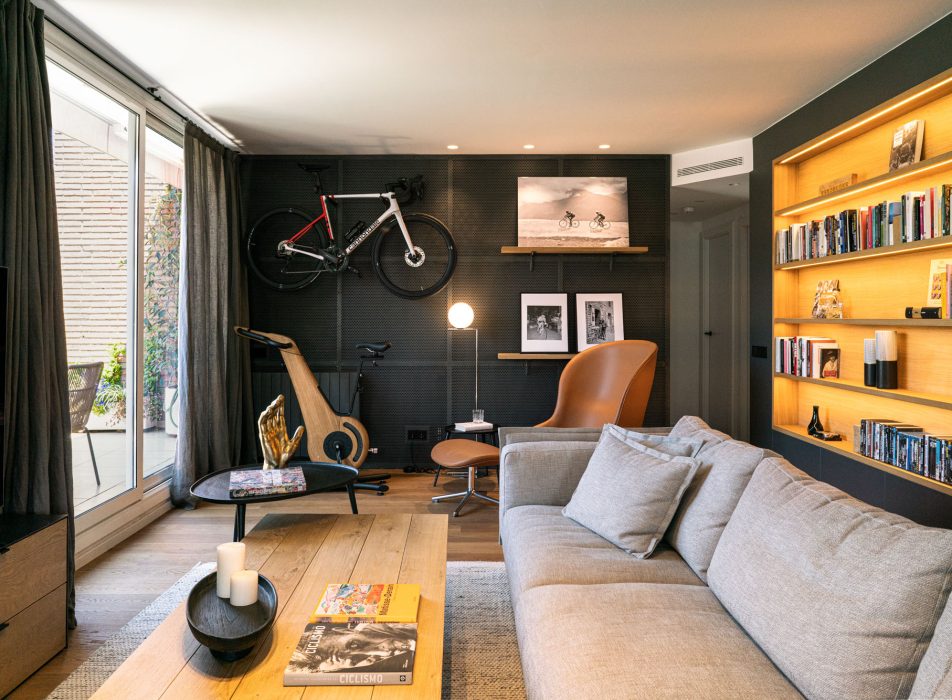
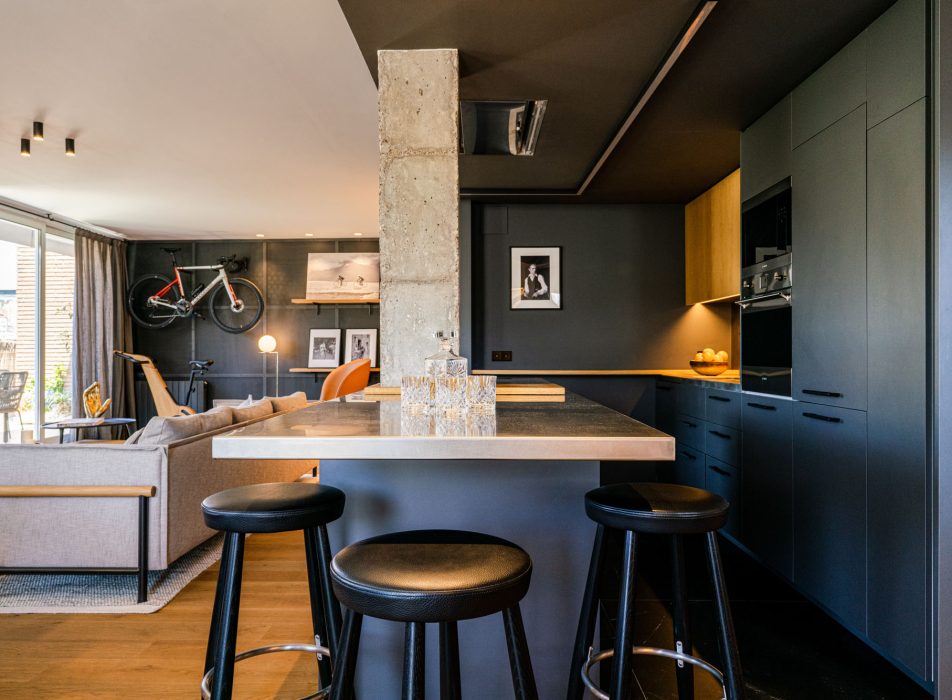
2. Industrial Style
Inspired by factories and industrial warehouses, this style combines modern elements with raw materials. Distinctive features include large, open spaces where structures like beams or brick or concrete walls remain visible.
The color palette is neutral, with metallic and natural wood tones that provide the robust and authentic look characteristic of industrial spaces. Furniture includes pieces made of metal and solid wood, often with a worn appearance, and spotlight-type lights that add a vintage touch.
3. Bohemian Style
A free and creative style reflecting an artistic and nomadic life, characterized by a mix of vibrant colors and textures. Bohemian spaces are cozy, full of personality, and feature a combination of ethnic-style fabrics, antique and handcrafted furniture, and plants that bring life and freshness to the space.
The color palette includes tones like red, orange, and turquoise, which add vitality and warmth to the environment. To embrace this style in your home, mix fabrics from different cultures, add pillows and rugs, and use art and collectibles to give a personal and unique touch to your space.
4. Eclectic Style
For lovers of diversity, eclecticism is a perfect choice. This style combines different eras in one space to create a unique decoration that exudes its own imprint.
Eclectic spaces are dynamic, full of contrasts, and feature a varied and unrestricted color palette. Furniture is a mix of modern and antique pieces, with authentic decorative elements that add extra character and originality to the spaces.
5. Kitsch Style
Characterized by the dominance of color and shapes and the use of unattractive and striking elements. Bubblegum pink, sky blue, red, obr apple green tones are very common, and textures are varied: synthetic furs, wire, plastic, glass, and paper.
Additionally, you can find original objects like lava lamps, oddly shaped furniture, crazy accessories, and all kinds of elements related to this type of culture and art.


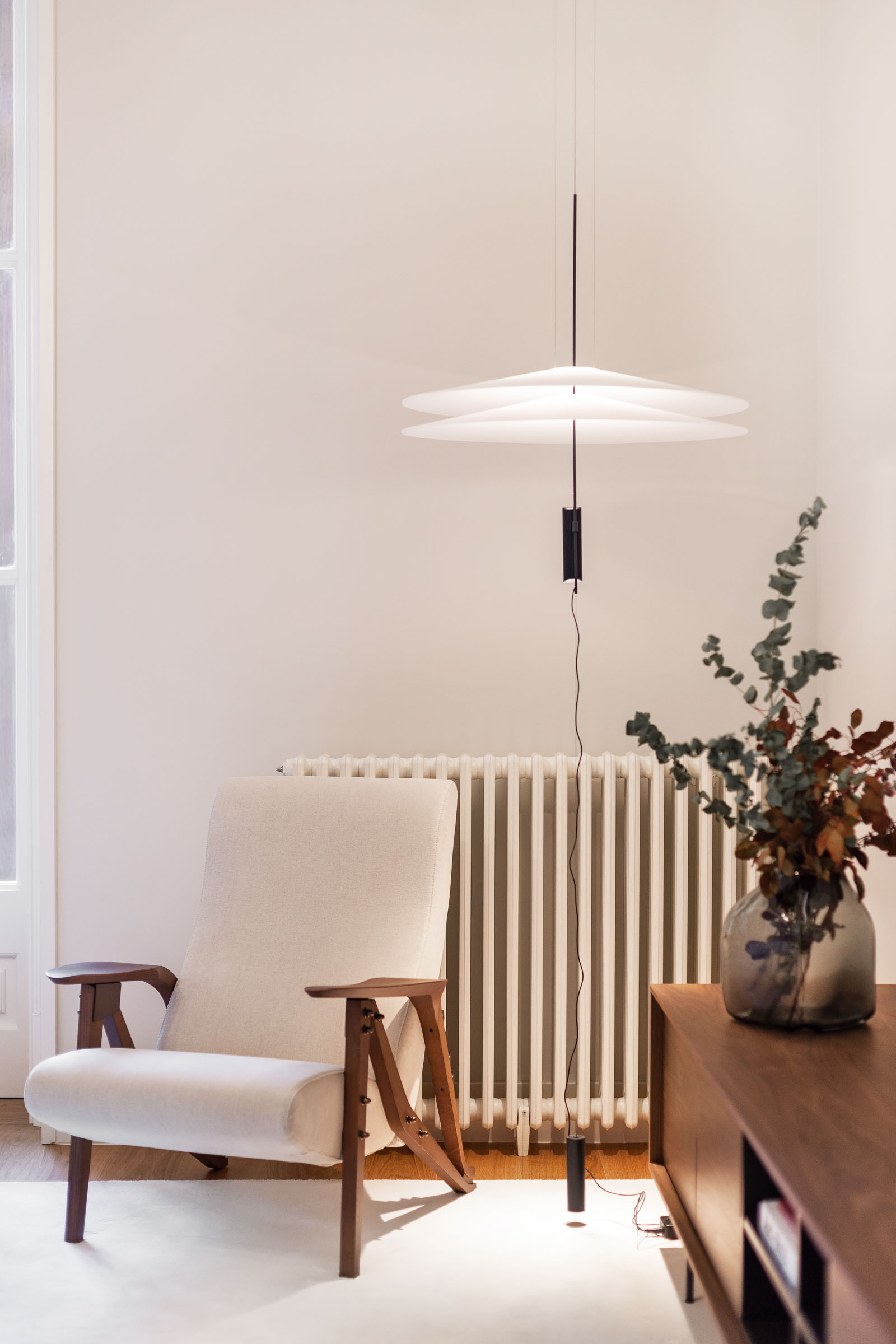
6. Art Deco Style
Popularized in the 1920s and 1930s, this style is known for its elegance and sophistication through the use of geometric shapes, luxurious materials like marble and glass, and vivid colors like gold, black, and red.
Art Deco spaces are opulent and glamorous, often featuring furniture with golden details and shiny surfaces. To implement this style in your home, choose furniture with geometric lines and patterns, add mirrors and golden accessories, and use luxurious fabrics like velvet to create a sophisticated atmosphere.
7. Vintage Style
Based on nostalgia and appreciation for past objects. Vintage spaces favor antique furniture and accessories, often restored, to give them a second life. The colors are soft and welcoming, with pastel tones like pink, blue, or green.
Reusing materials for purposes not initially intended, such as wooden pallets, or the recovery of vintage design pieces in modern settings, is a common resource that often yields excellent results.
8. Retro Style
Inspired by the decades of the 1950s, 60s, and 70s. Loaded with color and patterns, the retro style includes a palette of vivid tones like orange, green, and yellow. Furniture has rounded shapes and often incorporates plastic and vinyl materials.
To dress your home in this style, use cheerful colors and patterns combined with modern elements to create a dynamic environment.
9. Rustic Style
A cozy and warm decorative scheme based on the use of natural materials and furniture made from natural wood, stones, and fabrics like wool and cotton. Rustic spaces are comfortable and full of character. The color palette includes earthy tones, beige, and green, which provide a sense of comfort and well-being.
10. Nautical Style
Inspired by the sea and coastal life, the nautical style creates fresh and relaxing spaces through a color scheme that plays with neutral tones, whites, blues, and sand. Furniture is simple and functional, often made of painted wood and rattan.
Freshness, serenity, and tranquility. These are some of the adjectives that define this style, inspired by the coastal houses of the Mediterranean. Mediterranean spaces are filled with natural light, airy, and feature light colors, whites, blues, and earthy tones. They incorporate simple and functional furniture, often made from natural materials like wood and rattan.If you consider incorporating the nautical style in your home, add decorative elements like ropes and marine objects to create a fresh and relaxing atmosphere that transports you to the coast.
11. Mediterranean Style
Freshness, serenity, and tranquility. These are some of the adjectives that define this style, inspired by the coastal houses of the Mediterranean. Mediterranean spaces are filled with natural light, airy, and feature light colors, whites, blues, and earthy tones. They incorporate simple and functional furniture, often made from natural materials like wood and rattan.
12. Zen Style
The Zen style seeks harmony and balance through simplicity. Natural materials, few elements, and the presence of fragrances are key. Light colors and neutral tones are used. Furniture features straight and simple lines that invite order and almost always maintain the natural color of the wood.
Each of these interior design styles offers a unique way to transform your home into an inspiring and comfortable space. At Coblonal, we are dedicated to creating aesthetically pleasing spaces that also reflect the unique personality and style of our clients. The choice of colors, materials, and spatial arrangements significantly impacts how we perceive and live in our environments. We understand the importance of these details and work closely with you to ensure that each project reflects your preferences and lifestyle.
Contact us for advice on implementing the decoration style that inspires you most. Our team of interior designers and architects will guide you every step of the way.
You can also follow us on our social media and read our blog to learn about all our projects!
